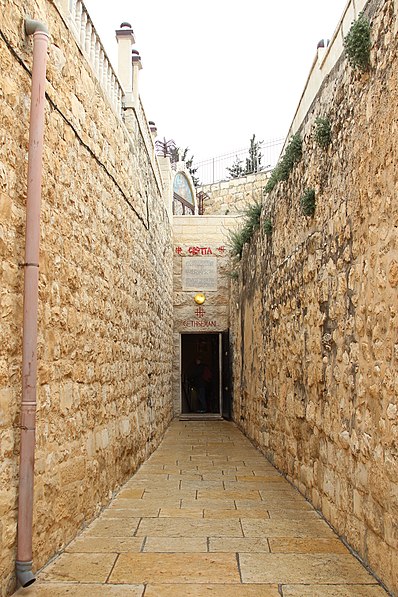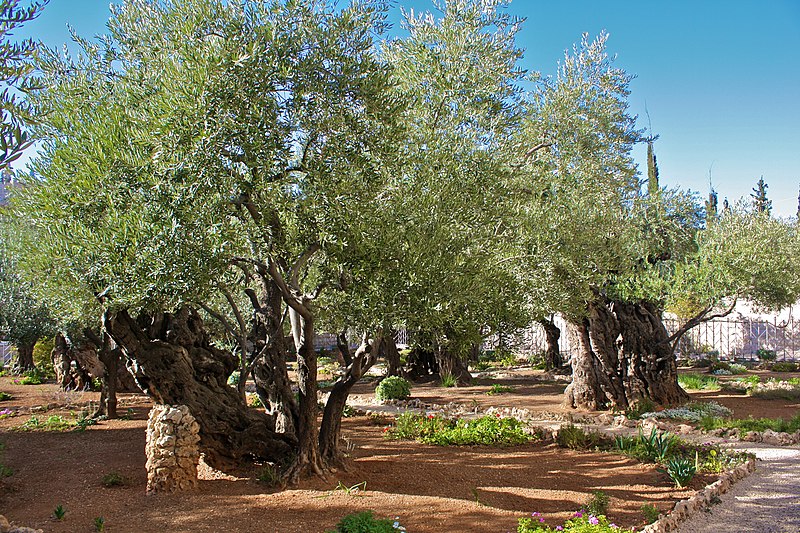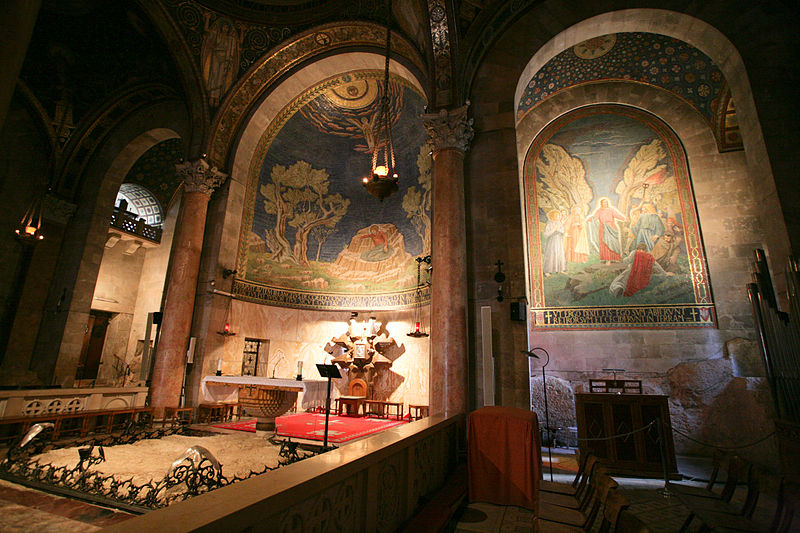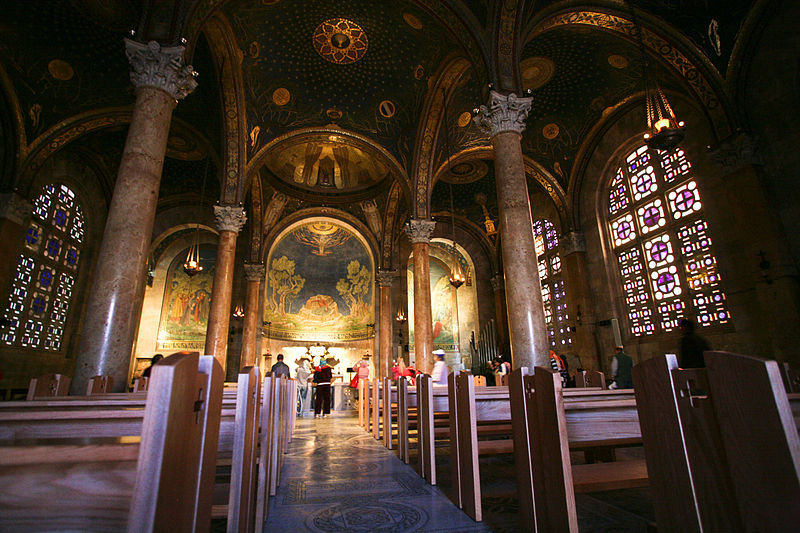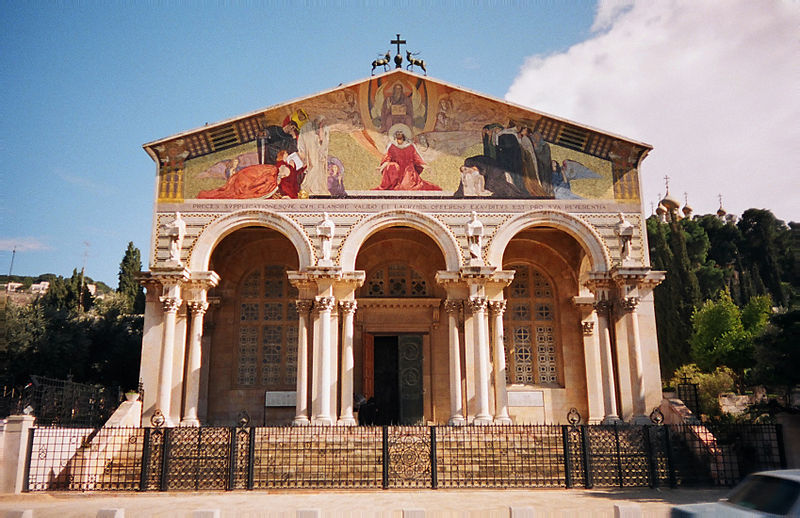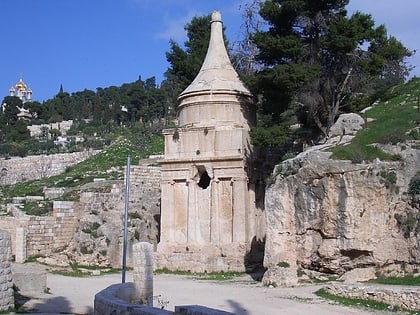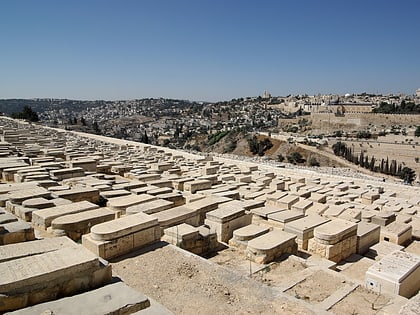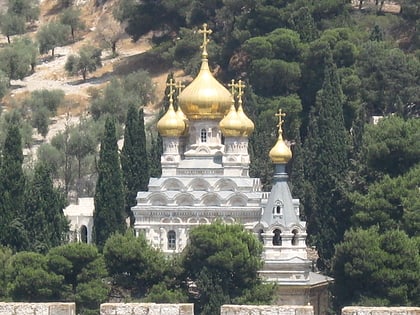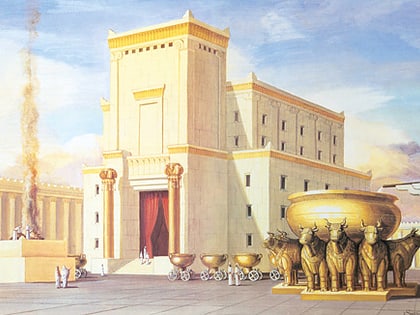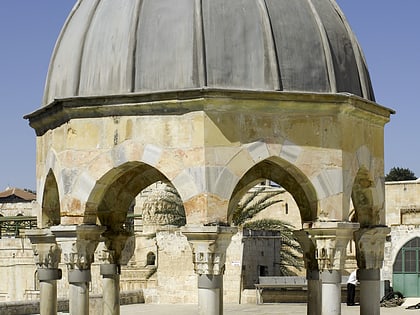Church of All Nations, Jerusalem
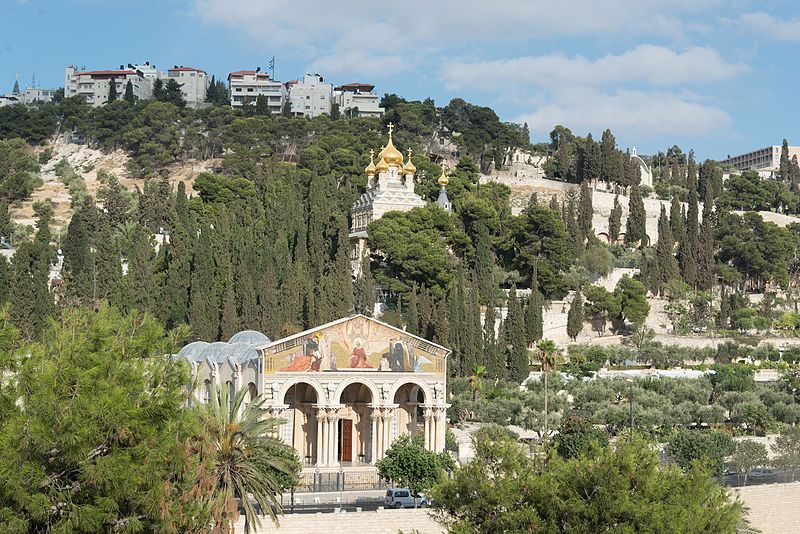
Facts and practical information
Nestled at the foot of the Mount of Olives in Jerusalem, the Church of All Nations stands as a testament to the city's rich religious history. Also known as the Basilica of the Agony, this church is a significant site for Christian pilgrims from around the world. It is believed to enshrine the section of the bedrock where Jesus is said to have prayed before his arrest, known as the "Rock of Agony."
Constructed between 1919 and 1924 with funds from twelve different nations, each contributing to its elaborate design, the church features a façade adorned with a stunning mosaic representing Christ as the link between God and humanity. The interior is no less impressive, with its ceiling adorned with symbols of the countries that financed its construction, and the central dome depicting Jesus' ascension to heaven.
The Church of All Nations is a place of deep spiritual significance. Its darkened interior and somber atmosphere are designed to evoke the feeling of anguish that Jesus experienced during his final hours. The soft purple and blue light that filters through the alabaster windows adds to the ambiance, inviting reflection and prayer.
The church is open to visitors and worshippers alike, offering a serene escape from the bustling streets of Jerusalem. It is a site of contemplation, where the weight of history and the depth of faith are palpable. Whether attending a service or simply exploring the church's rich architectural details, visitors are bound to be moved by the profound sense of peace that pervades this sacred space.
Church of All Nations – popular in the area (distance from the attraction)
Nearby attractions include: Temple Mount, Dome of the Rock, Tomb of the Virgin Mary, Dominus Flevit Church.
Frequently Asked Questions (FAQ)
Which popular attractions are close to Church of All Nations?
How to get to Church of All Nations by public transport?
Bus
- To go to jordan (15 min walk)
- HaNevi'im Terminal • Lines: 231 (18 min walk)


